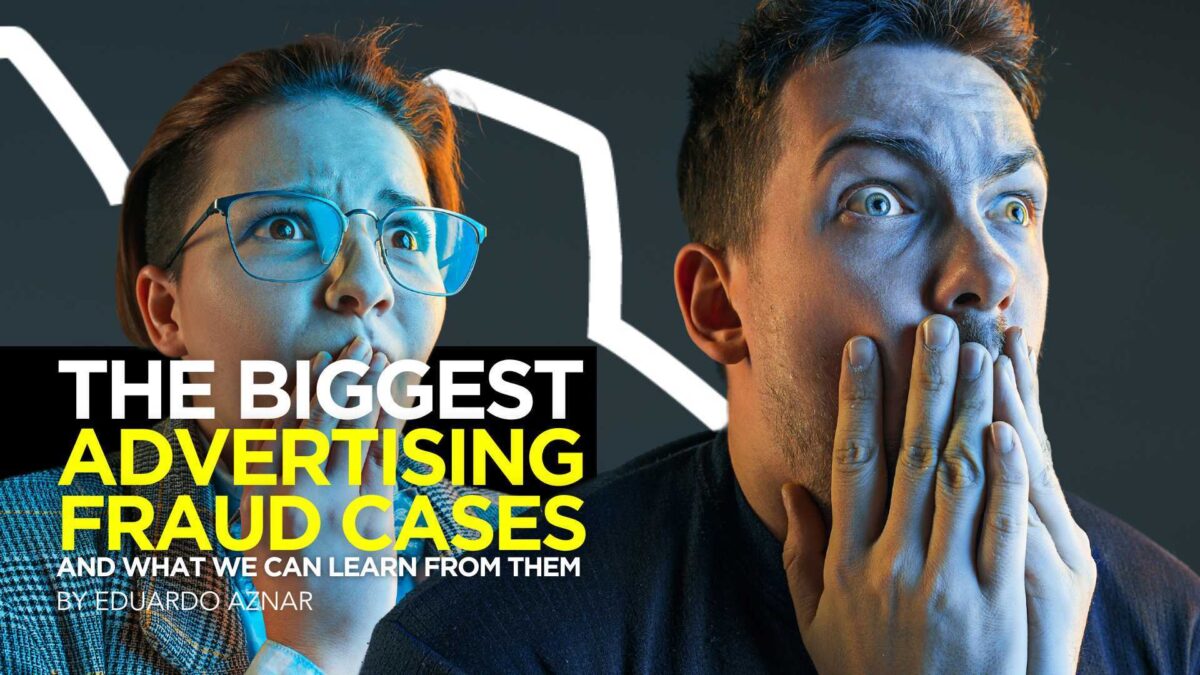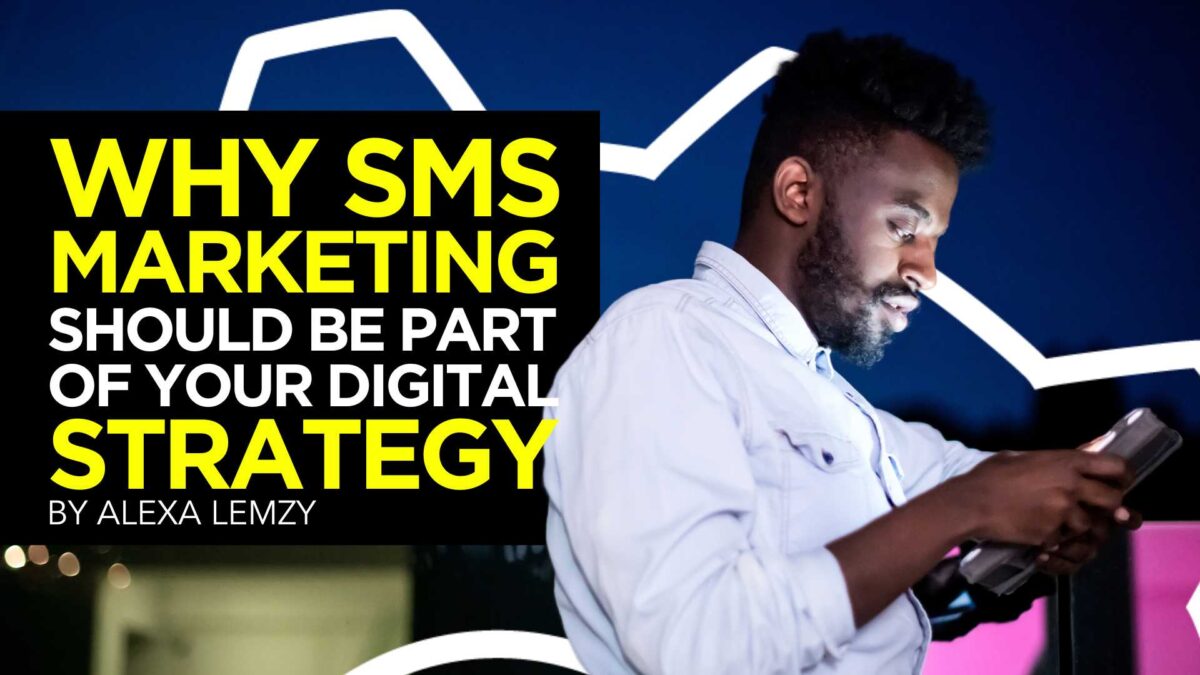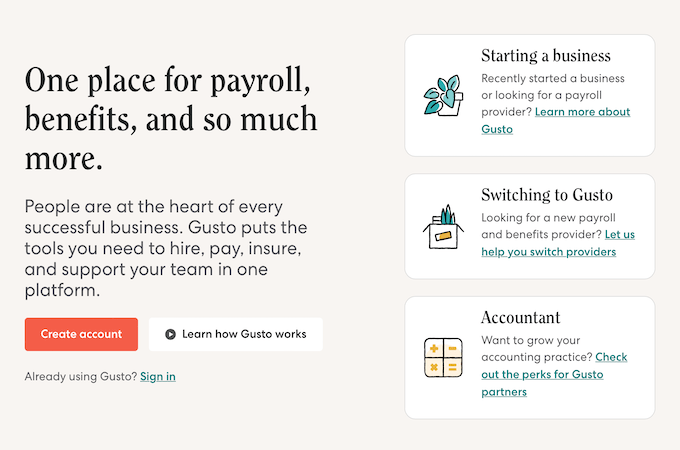Sterling is a background check company specializing in criminal history checks, identity verifications, and drug and health screenings. Completing more than 95 million background checks annually, Sterling ensures that you can build a foundation of trust and safety among your employees in any industry with its overall accuracy.
Sterling offers a comprehensive background check solution for businesses of any size and promptly delivers the results you need.
Sterling Compared
Although Sterling didn’t make it onto our top list, it still offers extensive background check features that cater to small and medium-sized businesses. With that said, the best background check company for most people is Intelius because it has the functionality for unlimited background checks without an excessive price point. Sign up today and start a five-day unlimited trial for just $1.99.
Want to read more about the top best background check companies? We reviewed dozens of options and narrowed it down to the top five. If you want to scope out all of your options, see all of our top picks here.
- Intelius — Best for unlimited background checks
- GoodHire — Best for flexible pricing and intermittent use
- B&B Reporting — Best for next-day background check results
- Accurate — Most affordable background checks for small businesses
- Verifirst — Best background check service for property management companies
About Sterling
Even though Sterling didn’t make it onto our top list, that doesn’t mean it’s a poor product. Sterling offers an extensive solution for general screenings that make it easier for you to hire faster and more efficiently.
Sterling’s comprehensive suite of products includes general screenings, drug and health screenings, financial and…













 Gusto helps everyone on your team process payroll fast and get paid on time every pay period.
Gusto helps everyone on your team process payroll fast and get paid on time every pay period. 


